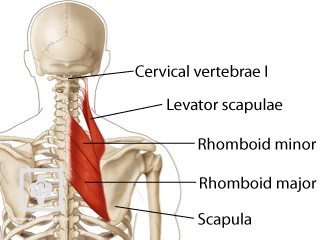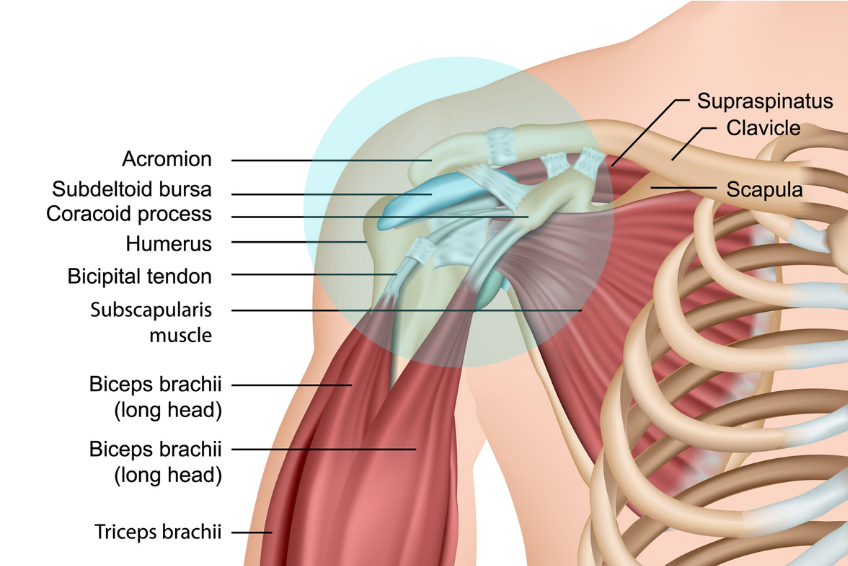Frozen Shoulder, or adhesive capsulitis, is a painful condition characterized by a significant loss of movement in the shoulder joint. The resulting pain, swelling, and stiffness interfere with daily activities, progressively worsen, and can even disrupt sleep.
This condition occurs when the capsule surrounding the shoulder joint tightens and forms scar tissue, restricting the shoulder bone's ability to move freely within the socket. As a result, the shoulder becomes "frozen," limiting mobility and causing discomfort.
The shoulder joint is a complex structure involving multiple muscles, tendons, and ligaments. Understanding the anatomy helps explain how frozen shoulder develops and affects movement.

Gender Distribution
Women are twice as likely to develop frozen shoulder compared to men, with hormonal factors potentially playing a role in this disparity.
Age Range
The condition most commonly affects individuals between the ages of 40 and 60, though it can occur at any age.
Frozen shoulder can arise following various triggers and circumstances:
Injury-Related Causes
- • Shoulder injuries or trauma
- • Post-surgical complications
- • Prolonged joint immobilization (such as using a sling)
Medical Triggers
- • Vaccinations administered in the shoulder muscle
- • Diabetes and metabolic disorders
- • Thyroid conditions
- • Cardiovascular disease
High-Risk Situations
The risk of developing frozen shoulder is particularly high when an injury or surgery is followed by prolonged joint immobilization, such as using a sling for extended periods.

Shoulder Anatomy
Detailed view of shoulder anatomy showing the complex structure of muscles, tendons, and bones.

Anatomical Structure
Understanding the shoulder's anatomical components helps explain how frozen shoulder affects movement.